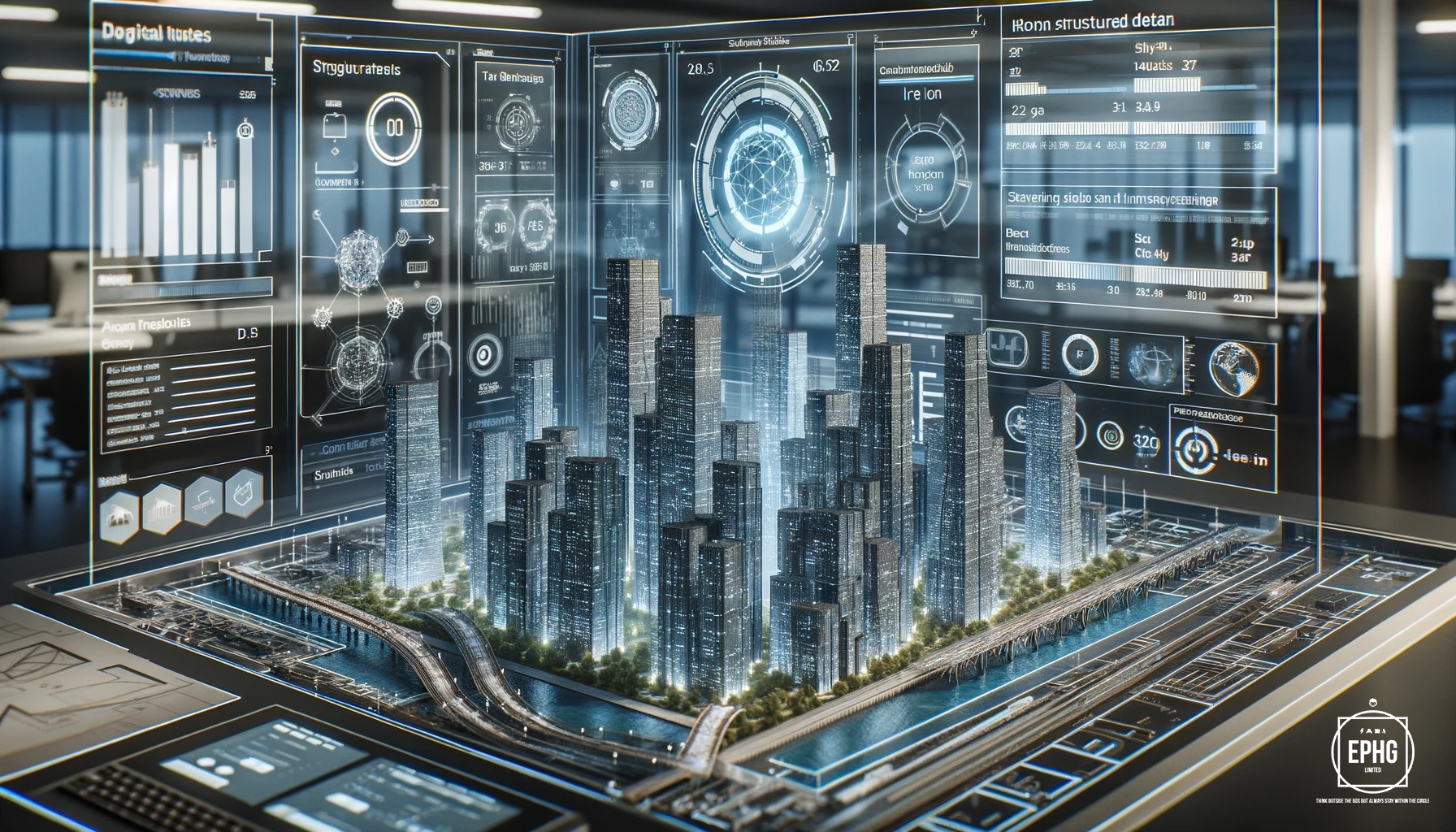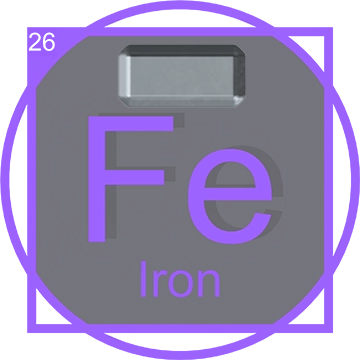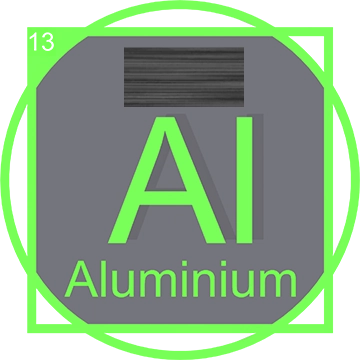Iron (Fe): Pivotal Metal in History and Modern Technology
Introduction to Iron
Iron, symbolized as Fe and atomic number 26, is one of the oldest known metals and constitutes about 5% of the Earth's crust. It is the fourth most abundant element after oxygen, silicon, and aluminum. As a principal component of the inner and outer core of the Earth, iron plays a critical role in geology and the magnetic properties of the Earth.
Discovery and Historical Significance

Iron has been used by civilizations for over 5,000 years, with its discovery dating back to at least 3200 BC. Ancient iron production began in the Middle East and Africa, where iron objects have been found in Egyptian tombs. Iron's role in shaping human history through the Iron Age, where it significantly influenced agriculture, warfare, and the overall progression of technology, cannot be overstated.
Iron in the Periodic Table
Located in Group 8 of the periodic table, iron is a transition metal known for its malleability, ductility, and magnetic properties. It is essential in the formation of stable and temporary magnets and is known for its ability to conduct electricity and heat.
Physical and Chemical Properties

Iron is a lustrous, silvery metal that is highly reactive, especially in moist environments where it forms rust (iron oxide). It exists in four allotropic forms, depending on the temperature and has a melting point of 1,538°C and a boiling point of 2,862°C.
Applications in Science and Technology
Iron is pivotal in numerous sectors including construction, medicine, and manufacturing. It is a key ingredient in steel, an alloy that is fundamental to building infrastructure such as buildings, bridges, and railways. In technology, iron is vital in the production of machinery and also serves as a core element in the composition of magnets used in motors and generators.
Modern Applications of Iron

Today, iron alloys like steel are crucial in construction, automotive, and aerospace industries. Iron compounds are also used in the water treatment industry as flocculants or coagulants and in the medical field, iron supplements are essential in treating anemia, which is caused by iron deficiency.
Future Prospects of Iron
The future of iron looks promising with ongoing research into making steel production more environmentally friendly by reducing carbon emissions. Innovations such as hydrogen-based steelmaking are part of the efforts to achieve greener production processes. Iron's role in technology, particularly in magnetic applications and renewable energy technologies, continues to evolve, indicating a sustained demand for this indispensable metal.
Production and Mining of Iron
Iron is primarily extracted from its ores through a process known as smelting, using a blast furnace. The most common ores of iron are hematite (Fe2O3) and magnetite (Fe3O4). These ores are reduced with carbon, usually coal, in the blast furnace, producing molten iron metal by removing oxygen from the ore through chemical reactions.
Significant iron mines include:
- Kiruna Mine in Sweden - one of the world's largest and most modern underground iron mines.
- Carajás Mine in Brazil - holds the highest quality iron ore in the world.
- Fortescue Metals Group in Australia - known for its extensive hematite and magnetite deposits.
Iron ores are often found alongside other valuable minerals, including manganese, silicon, and aluminum, which are removed during the smelting process.
Iron Tablets from Raw Material to Pharmacy Shelves

Iron tablets, a common form of dietary supplement, begin their journey as elemental iron, which is extracted and processed from iron ore in a series of complex industrial steps. Once mined, the iron is purified and converted into ferrous sulfate, ferrous gluconate, or ferrous fumarate, which are bioavailable forms of iron suitable for human consumption. These compounds are then manufactured into tablets, encapsulating the necessary dosage required to treat or prevent iron deficiency and anemia. The production process adheres to stringent quality control measures to ensure safety and efficacy. After manufacturing, these tablets are packaged and distributed to pharmacies and health stores, where they become accessible to consumers seeking to boost their iron intake. This supplementation is crucial for maintaining healthy blood cells and overall vitality, particularly for individuals with dietary insufficiencies or increased iron requirements.
Modern Applications of Iron

Today, iron and its alloys, such as steel, are fundamental in various industries. Iron forms the backbone of modern infrastructure and is used in the construction of buildings, bridges, railways, and other frameworks. Additionally, iron is essential in the automotive and manufacturing sectors for making engines and machinery. Iron-based magnets and cores are crucial in electrical and electronic devices, ranging from electric motors to transformers.
Future Prospects of Iron

The future of iron in the industry appears promising, with continuous innovations aimed at enhancing its environmental sustainability and efficiency. Research is currently focused on developing carbon-neutral methods of steel production, such as using hydrogen instead of coal in blast furnaces. Advances in nanotechnology might enable the creation of new iron-based materials with superior strength and lighter weight, potentially transforming industries such as automotive, aerospace, and construction. The exploration of iron's properties at the nano-scale could also lead to breakthroughs in electronics and computing, where iron nanoparticles could be used to develop faster and more efficient data storage solutions.












